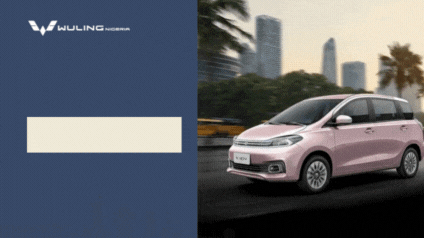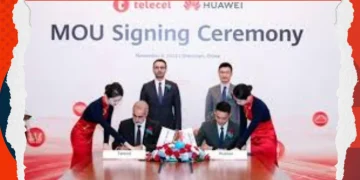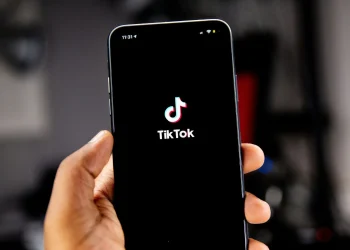Morocco is treating the 2025 Africa Cup of Nations as more than a football tournament. It is using the event as a stage to show that the country is ready for a new era of connectivity. With millions of viewers, thousands of visitors and heavy digital traffic expected, Morocco switched on its nationwide 5G network weeks before the competition, turning AFCON into a real-time test of its telecom ambitions.
What Morocco Actually Launched
The nationwide 5G rollout was officially announced on 7 November 2025, with Morocco’s three major operators; Maroc Telecom, Orange Maroc and Inwi, all activating their networks. The initial goal is to reach 25 per cent of the population by the end of 2025, rising to 70 per cent by 2030, positioning Morocco as one of the most advanced connectivity markets on the continent.
The 5G network promises speeds above 2 Gbps and far lower latency than existing 4G systems, a crucial upgrade for a tournament that will rely on high-definition broadcasting, digital ticketing, real-time analytics and seamless fan connectivity.
Why AFCON 2025 Accelerated The Rollout
Big tournaments come with big pressure on networks. Stadiums fill up, broadcasters move massive volumes of live footage and visitors rely heavily on mobile data to navigate cities, stream highlights and stay connected. Older 3G and 4G systems struggle under that kind of load.
CAF’s own stadium requirements demand reliable high-speed internet for media centres, operations rooms and broadcast teams, which means host countries cannot ignore connectivity during major events. Morocco is using AFCON 2025 as the moment to push ahead with its 5G plans, building on the targets already set under its national programme, Maroc Digital 2030, which outlines infrastructure upgrades across cities and economic zones.
The timing is intentional. AFCON gives Morocco a real-world environment to test network capacity at scale, long before the country co-hosts the 2030 FIFA World Cup, where global connectivity expectations will be even higher.
What 5G Means For Fans And Broadcasters
For fans, 5G means faster and more stable mobile data inside and around stadiums. That supports digital ticketing, smoother check-ins, high-quality livestreams, real-time stats and the kind of digital fan services that depend on low-latency networks. Broadcasters also benefit from greater upstream bandwidth, which matters for HD and 4K video feeds travelling from the stadium to international networks.
Media teams, VAR officials and event organisers rely on connectivity for security checks, camera systems, logistics dashboards and collaboration across operational teams. A 2 Gbps network with stronger capacity gives Morocco a better chance of keeping these systems efficient during peak match times.
The Infrastructure Gap Morocco Must Still Address
Even with a nationwide launch, Morocco’s 5G rollout is still in its early stages. Coverage is strongest in major cities, and rural areas will take longer to reach the same level. The 25 per cent coverage target for 2025 shows this is a phased deployment rather than full saturation.
There is also the question of backhaul. High-performing 5G depends on fibre networks, and while Morocco has expanded fibre routes in recent years, large-scale events place extra pressure on these systems. Visitors may also face compatibility issues depending on their device models and roaming agreements with local operators.
Pricing is another unknown. Operators have not yet released detailed consumer plans, so it is unclear how affordable 5G will be for ordinary users during and after the tournament.
How Morocco Plans To Use 5G Beyond AFCON
AFCON is the deadline, not the destination. The broader plan sits inside Maroc Digital 2030, where 5G is tied to smart-city development, industrial automation, transport monitoring and IoT services. The rollout is expected to support connected infrastructure in major cities, from traffic systems to public service platforms.
Morocco is also preparing for the 2030 FIFA World Cup, which it will co-host. That event will demand even heavier data usage, higher broadcast requirements and advanced digital services for fans. Launching 5G now gives the country time to build capacity, identify weak spots and refine the network before the world returns in 2030.
Takeaway
Morocco’s 5G launch is not just a technical milestone. It is a strategic move tied to the kind of global attention that only a tournament like AFCON brings. The country already had a digital roadmap, but the pressure of hosting millions of fans, broadcasters and visitors pushed the rollout from planning into reality.
The network is still expanding, and full coverage will take time. Even so, switching on 5G before AFCON positions Morocco as one of Africa’s most prepared digital hosts. The real test will come when stadiums fill, cameras roll and the tournament begins. That is when Morocco’s 5G ambitions will meet real-world demand.















